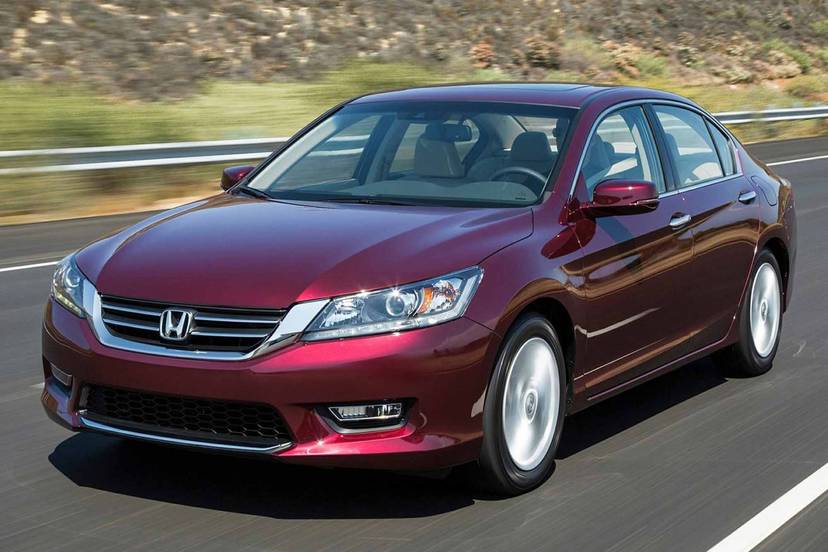
Last year, the three top Japanese manufacturers — Toyota, Nissan and Honda — all decided that they needed a new entry-level model for the U.S. market. Toyota began selling the Yaris, Nissan the Versa, Honda the Fit.
So how are they doing?
According to Automotive News sales figures, in the first eight months of 2007, Honda Fit sales were last with 36,520, Nissan Versa sales were second with 53,865, and Toyota Yaris sales topped the trio with 62,509.
Which shows you how much I know: That’s the exact opposite of my order of preference for those three cars.
I can, however, understand it. The Versa and Yaris are relatively conventional, while the Fit is a departure from anything we’ve seen from Honda. It is, however, a proven product, as it was named “car of the year” in Japan and England in 2002.
I spent a few days with a 2007 Honda Fit Sport, and I was reminded of why I like the little car, and why there were some things I’d change. The Sport model is rougher-riding than the regular Fit, and the plump Dunlop radials, mounted on handsome alloy wheels, were noisy. The rear seat is too upright, and the engine — a 1.5-liter, 109-horsepower four-cylinder — was not up to Honda’s standard of smoothness.
But I kept returning to the price — $16,565 total — and thinking that Honda had managed to build a pretty practical, entertaining car for not much money.
With the Sport, you get air conditioning, cruise control, fog lights, remote entry, a decent stereo, antilock brakes, a leather-wrapped steering wheel and side and side-curtain airbags. The test car had the five-speed automatic transmission, which can be shifted by little paddles on the steering wheel, more of a novelty than anything else, but a nice touch. Stick with the five-speed manual transmission, and you can save about $800.
The Fit’s front seats are very good for what this car costs, and the cockpit in general looks and feels more upscale than you’d expect. Handling is nimble, with minimal body roll. Acceleration is leisurely, though the engine is trying awfully hard.
Fuel mileage for the 2007 test car was EPA-rated at 31 mpg city, 37 mpg highway. For the 2008 Fit, despite the fact that it’s the same car, the EPA ratings will drop to 27 mpg city, 34 mpg highway, not because the 2008 Fit gets worse mileage, but because the EPA has changed its testing methods to better reflect the real world. If you are comparison-shopping for fuel mileage, be sure you aren’t comparing 2007 models with 2008 models, because pretty much everyone will take a hit with the 2008 numbers.
My only real concern with the Fit is the same one I had when I tested it more than a year ago: With the Fit Sport, it isn’t a huge jump price-wise to a Honda Civic LX, a car that is 19 inches longer than the Fit, has 31 more horsepower and gets comparable fuel mileage.
And since Honda sold more than 230,000 Civics in the first eight months of 2007, I’m probably not the only one who thinks that.
Sentinel Automotive Editor Steven Cole Smithcan be reached at scsmith@orlandosentinel.com.








